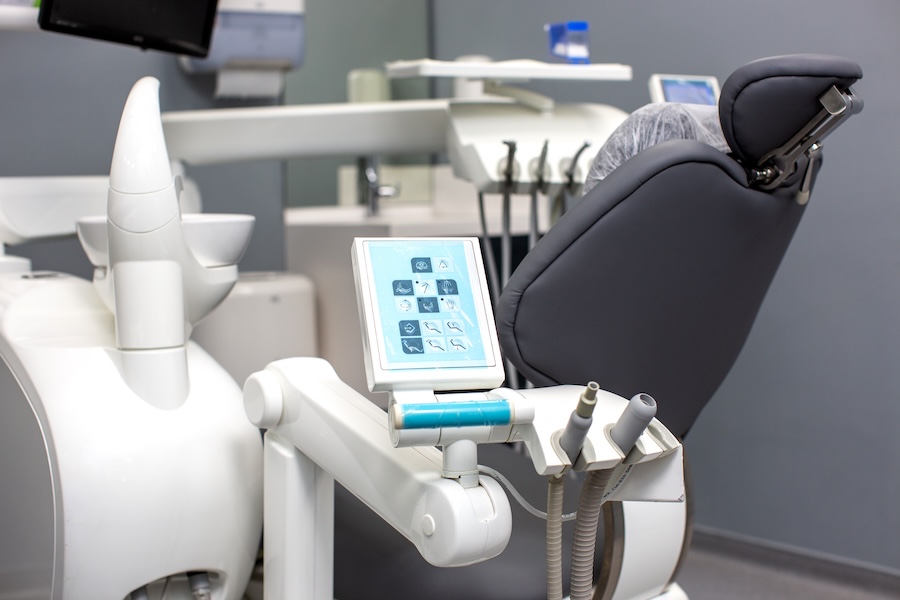Dental laboratories play a crucial role in the delivery of quality dental care, providing dentists and oral surgeons with custom-made restorations, prosthetics, and other dental appliances.
Over the years, the dental laboratory industry has undergone significant changes, driven by advances in technology, changing patient needs, and the increasing demand for more efficient and cost-effective solutions.
One of the key drivers of this evolution has been the adoption of digital technologies, such as computer-aided design (CAD) software, digital impression systems, and 3D printing. These technologies have transformed the way dental laboratories operate, enabling them to produce more accurate, customized, and efficient restorations.
Traditionally, dental laboratories relied on manual techniques, such as casting and molding, to create dental restorations. However, these methods were often time-consuming, labor-intensive, and prone to errors. The introduction of CAD software and digital impression systems has streamlined the process, allowing technicians to design and fabricate restorations with greater precision and accuracy.
Moreover, the integration of digital technologies has also improved communication between dentists and dental laboratories. Digital impressions can be easily shared and reviewed, reducing errors and ensuring that restorations meet the required specifications. This has resulted in faster turnaround times, reduced costs, and improved patient satisfaction.
The Role of 3D Printing in Dental Laboratories
The advent of 3D printing technology has revolutionized the dental laboratory industry, offering unprecedented opportunities for innovation and growth. A 3D dental printer is a type of additive manufacturing technology that uses layer-by-layer deposition of materials to create complex shapes and structures. In dental laboratories, 3D printing is used to produce a wide range of products, including dental models, surgical guides, and custom restorations. For example, a 3D dental printer can be used to create a precise replica of a patient’s mouth, allowing technicians to design and test restorations with greater accuracy. Additionally, 3D printing enables the rapid production of complex geometries and customized shapes, which cannot be achieved with traditional manufacturing methods.
In conclusion, the dental laboratory industry has undergone significant changes in recent years, driven by advances in digital technologies, such as CAD software, digital impression systems, and 3D printing. These technologies have transformed the way dental laboratories operate, enabling them to produce more accurate, customized, and efficient restorations. As the industry continues to evolve, it is likely that we will see even more innovative applications of digital technologies, further enhancing patient care and outcomes.
The Future of Dental Laboratories
As the dental laboratory industry continues to evolve, we can expect to see even more exciting developments in the years to come. One area of growth is in the field of artificial intelligence (AI) and machine learning (ML). These technologies have the potential to revolutionize the way dental laboratories operate, enabling them to analyze data, identify patterns, and make predictions. For example, AI-powered software can be used to analyze digital impressions and predict the likelihood of restoration success.
Another area of growth is in the field of bioprinting, which involves the use of living cells and biomaterials to create functional tissues and organs. In the dental industry, bioprinting has the potential to revolutionize the way we approach tissue engineering and regenerative medicine.
Overall, the future of dental laboratories looks bright, with digital technologies set to play an increasingly important role in shaping the industry. As we continue to innovate and push the boundaries of what is possible, we can expect to see improved patient outcomes, increased efficiency, and reduced costs.



